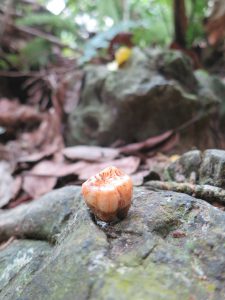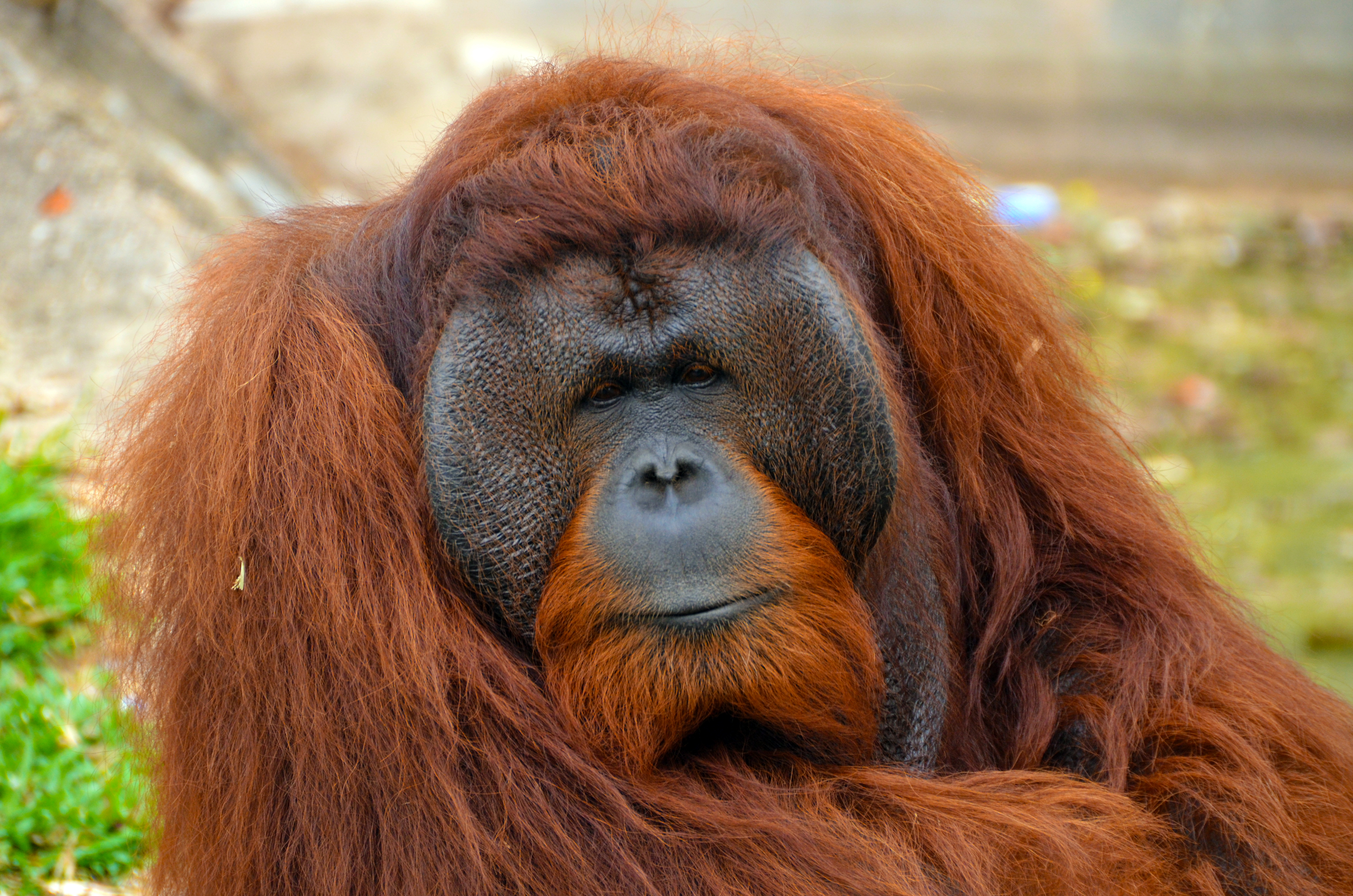The critically endangered orangutan – one of humankind’s closest living relatives – has become a symbol of wild nature’s vulnerability in the face of human actions and an icon of rainforest conservation.
New research published in the journal Science Advances, led by Dr StephanieSpehar at the University of Wisconsin Oshkosh and includes Dr Julien Louys from Griffith University’s Australian Research Center for Human Evolution, indicates this view overlooks how humans, over thousands of years, fundamentally shaped the orangutan known today.
Ignoring this obscures understanding of orangutans and impacts conservation efforts, said lead author Stephanie Spehar, an associate professor of anthropology at the University of Wisconsin Oshkosh.

“It was often assumed that environmental factors like changes in fruit availability were responsible for most features of modern-day orangutans, such as the fact that they usually live at low densities and have a restricted geographic distribution,” Dr Spehar said.
“However, the orangutan that existed before modern humans arrived in Southeast Asia 70,000 years ago may have been quite different. Our synthesis of fossil, archeological, genetic and behavioral evidence indicates that long-term interactions with humans shaped orangutans in some pretty profound ways.”
The Southeast Asian fossil record indicates that orangutans were once much more widespread and abundant on the landscape, Dr Louys said.
“In fossil sites dated to the last few hundred thousand years, orangutan teeth are among the most common mammal fossils recovered, and they’re found as far afield as China, Thailand, and Vietnam,” he said.
“The really interesting thing is that they’re not always found in rainforests, but are often found in sites that included open and closed woodlands. This suggests they were tolerant of a much wider range of habitats and climates than we would guess from their current distributions.”
A widespread reduction in orangutan numbers, which began around 20,000 years ago, appears to be closely correlated with indicators of human impact, especially the appearance of projectile weapons that make hunting tree-living prey easier.
Today, orangutans are only found on the islands of Borneo and Sumatra. The ecology and behavior of modern orangutans probably represents an adaptation to environmental factors and long-term human pressures, especially hunting.
“Acknowledging how orangutans were affected by humans in the past can help us better understand how they respond to human threats now,” said research lead Erik Meijaard, co-director of NGO Borneo Futures and a co-author on the paper.
Recent behavioral studies indicate that orangutan adaptability may be greater than previously thought, he said.
Emerging research on orangutans living in heavily human-impacted habitat, such as oil palm and forestry plantations, also highlights that the apes can adjust their behavior to survive in such areas, at least in the short term.
“These insights are important, because they show us how even well-studied species can be misunderstood due to our preconceptions,” said Douglas Sheil, a tropical ecologist at the Norwegian University of Life Science and a co-author on the paper.
The researchers call for a multifaceted approach to orangutan conservation that incorporates human-dominated landscapes but reduces hunting and increases habitat quality and connectivity.
Such an approach requires developing sound policies, enforcing existing laws and promoting cooperation among stakeholders.
“We believe that recognising that orangutans can be resilient in the face of human actions offers hope for conservation in an increasingly human-dominated world,” Dr Spehar said.
